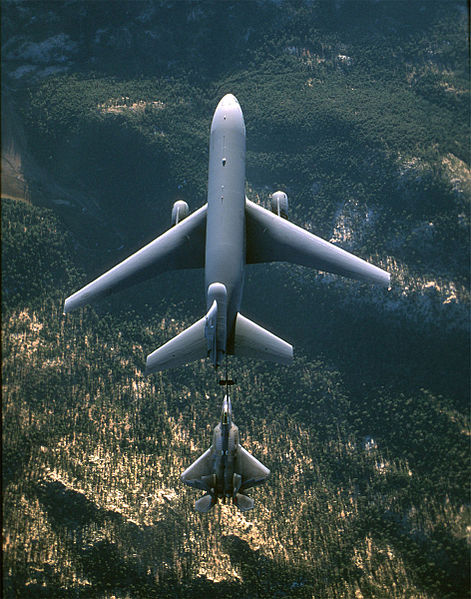Flight feathers are the long, stiff, asymmetrically shaped, but symmetrically paired pennaceous feathers on the wings or tail of a bird; those on the wings are called remiges, singular remex, while those on the tail are called rectrices, singular rectrix. The primary function of the flight feathers is to aid in the generation of both thrust and lift, thereby enabling flight. The flight feathers of some birds perform additional functions, generally associated with territorial displays, courtship rituals or feeding methods. In some species, these feathers have developed into long showy plumes used in visual courtship displays, while in others they create a sound during display flights. Tiny serrations on the leading edge of their remiges help owls to fly silently, while the extra-stiff rectrices of woodpeckers help them to brace against tree trunks as they hammer on them. Even flightless birds still retain flight feathers, though sometimes in radically modified forms.

Red kite (Milvus milvus) in flight, showing remiges and rectrices
Bald eagle (Haliaeetus leucocephalus) in flight with primaries spread to decrease drag and improve lift
Primary (left) and secondary (right) feathers of the common buzzard (Buteo buteo); note the asymmetrical orientation of the shafts
Secondaries of a pheasant showing eutaxis (above) and an eagle showing diastataxis (below)
A wing is a type of fin that produces lift while moving through air or some other fluid. Accordingly, wings have streamlined cross-sections that are subject to aerodynamic forces and act as airfoils. A wing's aerodynamic efficiency is expressed as its lift-to-drag ratio. The lift a wing generates at a given speed and angle of attack can be one to two orders of magnitude greater than the total drag on the wing. A high lift-to-drag ratio requires a significantly smaller thrust to propel the wings through the air at sufficient lift.
Wing of a Eurasian magpie, which allows flight by the flapping of wings.
A swept wing KC-10 Extender (top) refuels a trapezoidal-wing F-22 Raptor.
Condensation in the low pressure region over the wing of an Airbus A340, passing through humid air.
The wing of a landing BMI Airbus A319-100. The slats at its leading edge and the flaps at its trailing edge are extended.








